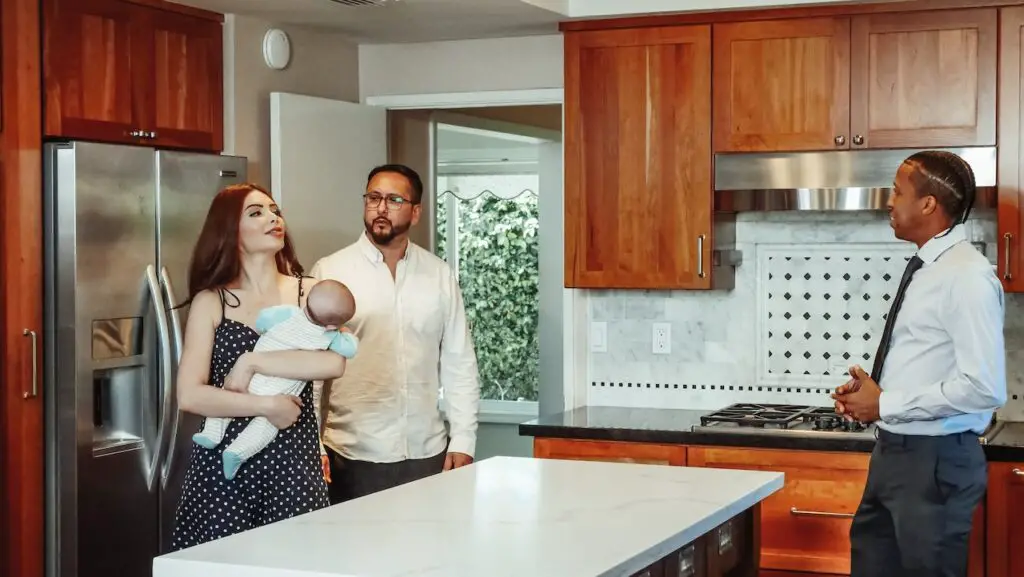
The government introduced new stamp duty rules in 2015 as part of their efforts to tackle the housing crisis and ensure that home ownership was not being pushed out of reach for thousands of first time buyers. As part of the new rules, a higher rate of stamp duty for buy to let property came into play.
When buying a property to rent in the UK, it’s important to consider all of the relevant costs so as to ensure that you have enough money to complete the purchase. One of these is stamp duty on buy to let property, which can add significant extra costs to a property purchase.
What is stamp duty?
The tax on the purchase of a property is called stamp duty land tax (SDLT). It is a progressive tax, meaning that you’ll pay more if you buy more expensive properties.
There are separate rates for residential and non-residential properties, with the higher rate being applied if you own more than one property or you are an incorporated body. The thresholds for each are different, so make sure you check out the table further down this post for more details.
What is a buy-to-let property?
A buy-to-let property is a home that is bought specifically to let out. It is a popular way to earn an extra income, although there are a number of pitfalls that can make it difficult or impossible to make a profit from your investment.
There are also a range of costs and tax implications that landlords need to take into account when they invest in properties. These include stamp duty for buy to let property, maintenance and insurance, letting agent fees and mortgage interest.
It’s also worth remembering that if you sell your buy-to-let property, you may need to pay capital gains tax (CGT). The CGT rate on second properties is 18% if you are a basic rate tax payer, but it rises to 28% for higher or additional rate taxpayers.
If you’re thinking of buying a property for rental purposes, it’s important to get the right advice before you start. This will help you understand the benefits and risks of letting, how to find the right property and what landlord responsibilities you need to consider.
How is stamp duty for buy to let property calculated?
If you buy a property or land in England and Northern Ireland for more than £250,000, you will have to pay stamp duty land tax. However the rate of stamp duty for buy to let is different from that on normal residential property purchase.
The rate of tax is progressive, meaning that the rate used In calculating stamp duty land tax on a purchase depends on the price paid for the property.
Where an individual buys a second property, there is a surcharge of 3% on top of the normal rate. Since most buy to let properties are carried out by people who already own one or more properties, they will be subject to the 3% surcharge.
Below are the normal rates of stamp duty on residential properties bought after 23 September 2022. This rate is set to remain the same until 2025.
| Purchase price | Stamp duty land tax rate |
|---|---|
| £250,000 or less | 0 |
| Next £675,000 | 5% |
| Next £575,000 | 10% |
| Amount above £1.5M | 12% |
Are you a first-time buyer?
First time buyers don’t have to pay stamp duty if they buy a home under £425,000 and they claim a discount.
However, you will to have to pay the standard stamp duty if you are a first-time buyer investing in buy to let. If you’re purchasing a buy-to-let property, you won’t be able to take advantage of first-time buyer property tax exemptions and you’ll be charged the ‘home mover rate’ instead.
Non residents
Non residents investing in UK properties are liable to a 2% surcharge on the price of the UK property they buy. If they already have one UK property before investing in another UK property, the 2% surcharge will be on top of the 3% second property surcharge. Consequently you have to add 5% surcharge on the normal rate of stamp duty for buy to let property if you are a none resident who already posses a residential property in the UK.
Stamp duty for buy to let property on Limited companies
A growing number of buy-to-let property investors are purchasing their properties through limited company structures. The practice has grown in recent years thanks largely to changes in the way tax relief is given to private individuals compared to companies.
The limited company structure allows owners to claim back mortgage interest relief as a business expense. Unfortunately individual can not claim mortgage interest relief on their rented property income in the same way.
Can I claim back stamp duty for a buy-to-let?
Yes you can claim back any extra stamp duty you’ve paid on a property if you sell your main residence within three years of buying it. This is on the assumption that the buy to let property becomes your only property after you’ve sold your main residence.

